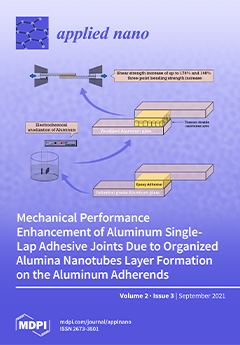Exposure to nanoparticles by various routes results in size-dependent translocation of nanoparticles to the systemic circulation and subsequent accumulation in the liver. The purpose of this study was to determine possible adverse effects in the liver of long-lasting nanoparticle presence in the organ. Mice exposed to a single dose (162 µg/animal equivalent to 9 mg/kg body weight) of TiO
2, CeO
2 or carbon black nanoparticles by intratracheal instillation or intravenous injection, resulting in relatively low or high liver burdens, were followed for 1, 28 or 180 days. Clinical appearance, feed intake, body and liver weights, hematological indices, and transaminases and alkaline phosphatase activities were unaffected by exposure. Exposure-related foreign material persisted in the liver up to 180 days after intratracheal and intravenous exposure, mainly in sinusoids, near Kupffer cells, or around blood vessels. Increased incidences of histological findings after intratracheal or intravenous exposure included: initially, prominent nuclei of Kupffer cells, the apparent increase in binucleate hepatocytes (TiO
2 and carbon black) and inflammatory infiltrations (CeO
2); later, cytoplasmic vacuolation, pyknosis and necrosis, especially for CeO
2. Thus, neither low nor high nanoparticle burden in the liver affected enzymatic markers of liver injury, but indications of exposure-related necrotic changes, particularly for CeO
2 nanoparticles, were noted.
Full article



